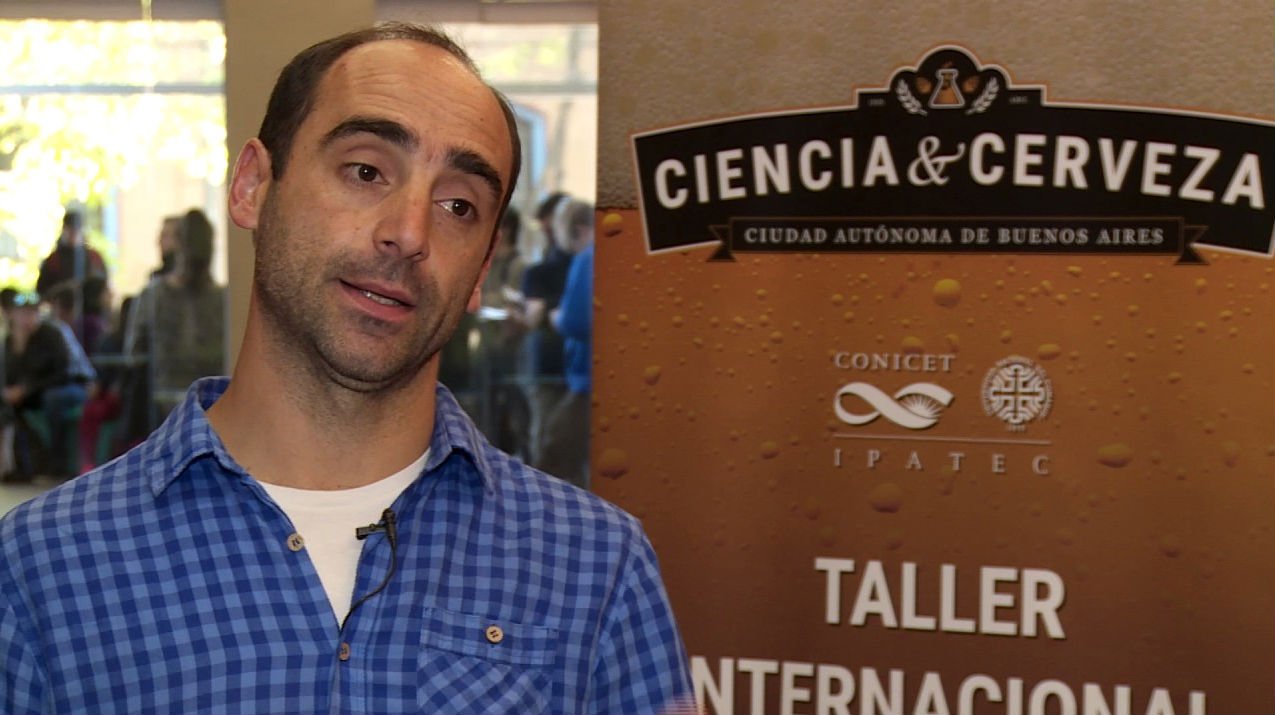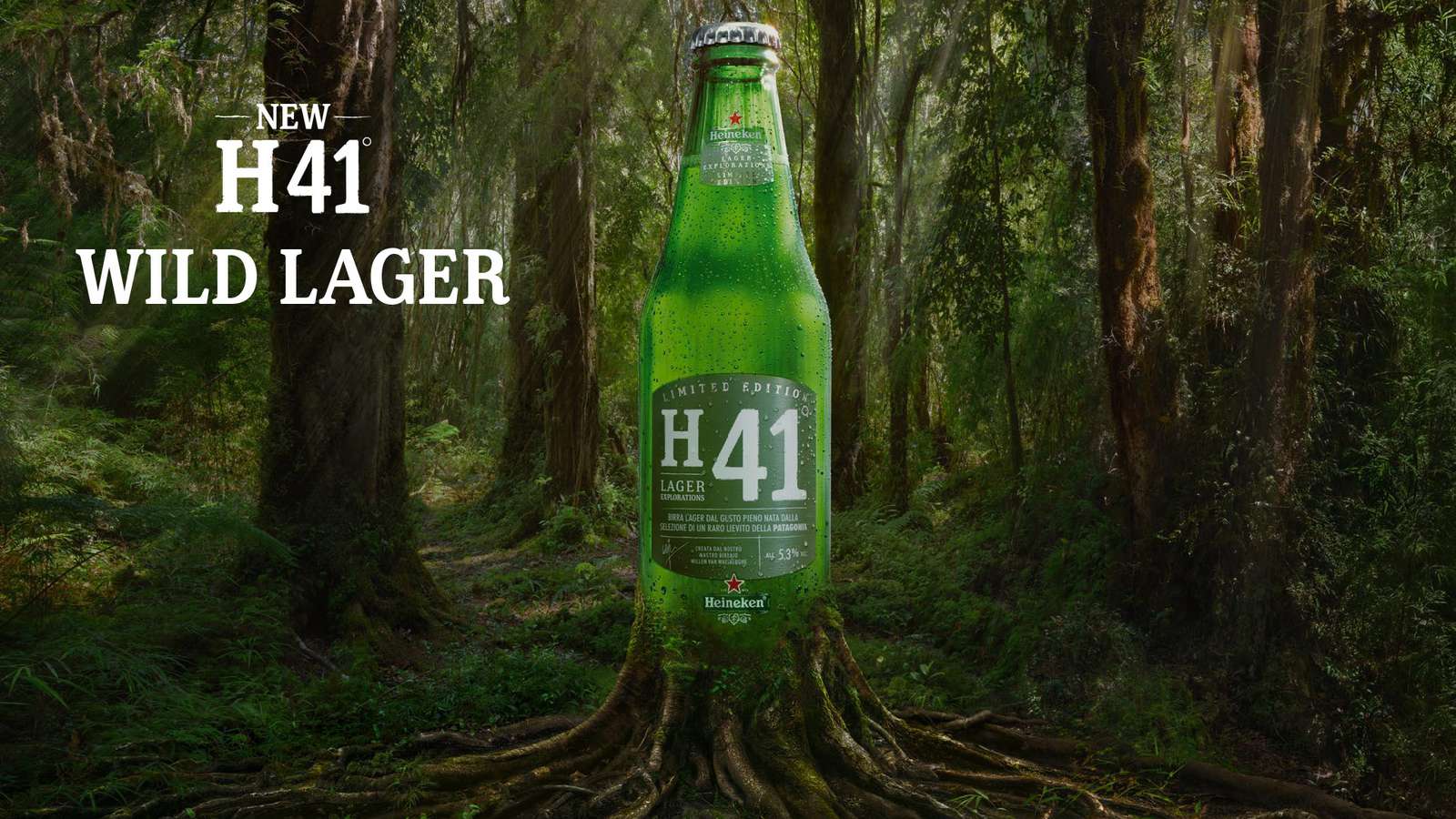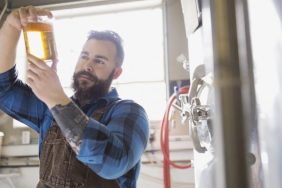Even if you know what you’re looking for, finding something important as you walk through the woods is surprisingly hard. This is especially true about the yeast discovery made by a group of researchers that included a scientist named Diego Libkind in the forests of Patagonia back in 2011. “Stumbling upon a yeast in nature is not an easy thing given they are microscopic fungi, but the products of yeast are things one can detect, such as the smell of alcohol.”

If you didn’t catch that, Libkind realized he was onto something because he stepped on something (it turned out to be yeast) and it smelled like beer. In fact, the reason it smelled like beer was because the yeast wasn’t your run of the mill random yeast, it was actually the lager mother yeast.
Fellow researcher Todd Hittinger told LiveScience about the discovery in 2011, saying, “It’s a 99.5 percent match to the missing half of the lager genome. It’s clear that it is this species.”
According to Libkind, finding the yeast was definitely a case of being in the right place at the right time with the right knowledge and technology. “The latter two were mostly due to my Portuguese colleague, Jose Paulo Sampaio,” he says. “Finding yeast takes a lot of time, mainly because there are thousands of different species and they pretty much all look the same.” Not surprisingly, it took several years to completely understand the importance of what they stumbled upon.
When they realized the yeast was relevant to brewing industry they started brewing beer with it. “Given that the substrate where we found the yeast is naturally rich in sugars, it spontaneously ferments, and if found in the right moment you can even smell the alcohol produced by the yeast.”
The wild mushrooms he stepped on are actually a southern hemispheric fungus called Cyttaria, and its fruiting bodies (big orange gall-type spheres) provide a natural habitat for a wide range of yeast species. “These orange galls contain simple sugars and when they mature, they go through a spontaneous natural fermentation process mediated by yeasts,” says Libkind. Upon discovering the yeast, they cultivated it, identified it and began experimenting. “After a few months of initial tests with my team, we were able to brew a beer that was actually drinkable.”
After discovering, cultivating and brewing with the yeast, Libkind published the findings in an article in the Proceedings of National Academy of Sciences (USA), which found its way into the hands of Willem van Waesberghe, Heineken’s brewmaster. “He contacted me with his interest to use the yeast to brew a new style of beer, and the rest is history.”
“When I read it, I knew he had found the missing parent of Heineken’s proprietary A-yeast and the mother of all lager yeast,” says van Waesberghe. “This discovery is so significant because all lager beers are made from a hybrid yeast: one part is common ale yeast, and one part is the ‘mother’ yeast, which used to be an unknown species – a long lost parent, if you will.” No one on earth had ever seen it before, until Diego stumbled upon it in Patagonia.
Fast forward to today, and Heineken has made a beer using the long-lost yeast called H41 Wild Lager. “A beer that was truly born in nature in my home of Bariloche (Argentina),” says Libkind.
Part of the reason Libkind agreed to work with Heineken was because he could tell that they planned to keep the story about Argentina and the discovery. “Something that was very important to me as well,” says Libkind. “I knew that Heineken wasn’t just interested in the yeast, but in the story behind it and its Patagonian, and especially Argentinean, heritage.”

But, even when H41 hot shelves, we should be aware of the long process that lead to its release. This is something van Waesberghe wasn’t used. “It took two years to perfect the recipe for H41 because no one had ever used a wild yeast from nature to brew beer before,” he says. “When you bring a wild yeast into a brewery and just apply the same brewing processes as a common yeast, it doesn’t work.” That’s because wild yeast doesn’t behave as one would hope. “We had to adapt and completely redesign our brewing and fermentation processes just to get the yeast to do what we wanted it to do,” says Waesberge. “It took a lot of trial and error, but in my career, I’ve found that opportunities like these are always worth the wait.”
Currently, H41 has launched in 3 US markets (New York, LA, and Miami). But, this isn’t the only wild yeast beer in the works for Heineken. H32, which is brewed with wild yeast from the Himalayas, and H35, which is brewed with wild yeast for the Blue Ridge Mountains will be launching in select markets around the globe in 2018.








